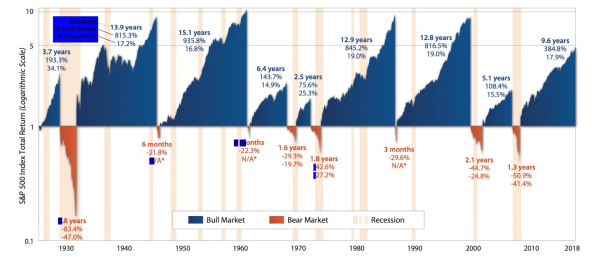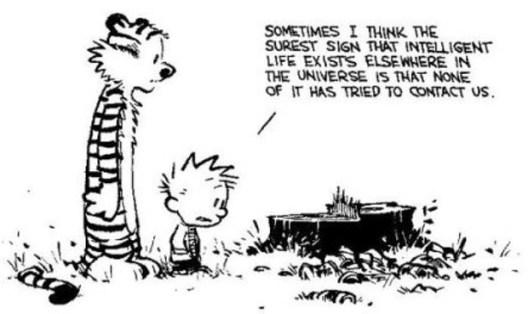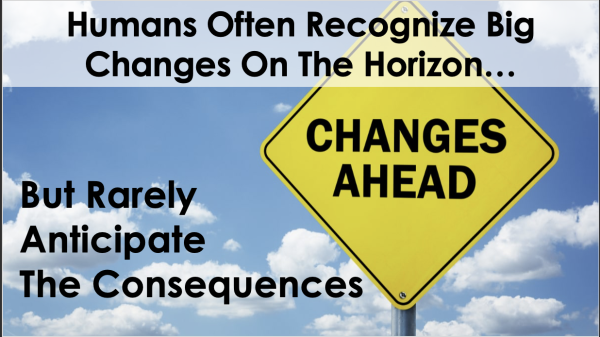For Father's Day, my youngest son took me to see Top Gun 2 in DFX. It's been a while since I've been in a movie theatre, and this was a movie worth doing the right way. It lived up to the hype.
He also took me to brunch and invited his girlfriend – a rare occasion that I hope becomes more common.
It's been ten years since he started working with me at Capitalogix. Here's his first professional pic and his most recent. Time flies while you are getting older!

As a father, having great kids is a double blessing. On one hand, it's nice to be proud of who your kids are and the things they do. On the other hand, it's also nice to feel proud of the small part you played in helping them become who they are. It's also my first Father's Day as a grandfather. After decades of messing with my kids, now I get to mess with a new generation!
Of course, I also look back … and spent some time thinking about my father and his terrific influence on so many lives.

My Dad was incredibly loving. Yet, he was also incredibly demanding.
For example, after winning the State Championship in the shot put, I watched him run down from the stands. I figured he was coming down to celebrate. Instead, he looked deeply into my eyes and asked whether I was disappointed that I did not throw a personal best that day? I replied: "But Dad, I won." He smiled and recognized that winning was important too … then he reminded me that the other throwers were not the real competition. In life, to be and do your best, the competition is really with yourself; and we both knew I could do better.
My Dad believed in setting high standards. He explained that most people's lives are defined by their minimum standards. Why? Because once those standards get met, it is easy to get distracted by other things and meeting the minimum standards for them as well.
Here is something else worth sharing; it was one of his favorite sayings. "The difference between good and great is infinitesimal." This applies to many things. For example, people who are good take advantage of opportunities; people who are great create them. The point is to set a higher standard and to have a better life.
Well, that should explain a little of the dysfunction … but, if you can't mess up your own kids, whose kids can you mess up?
Hopefully, you had a happy Father's Day weekend.




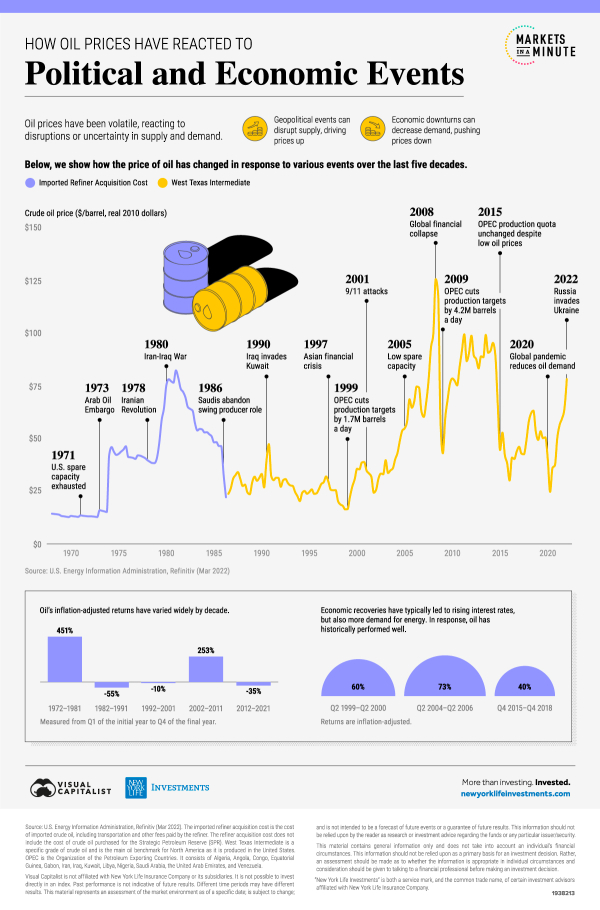
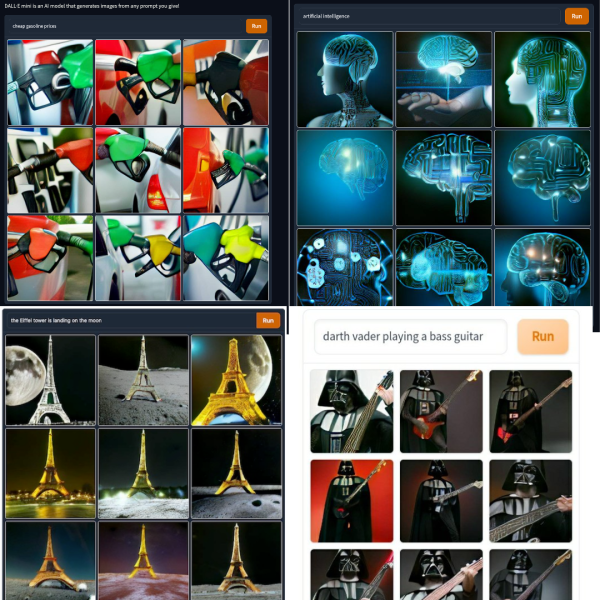

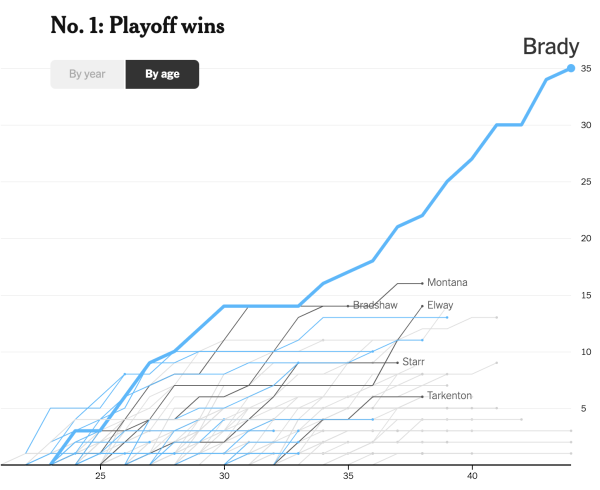 via
via 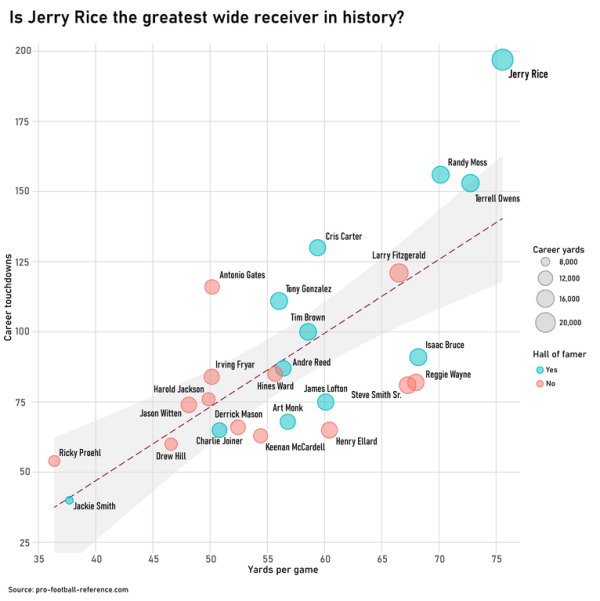 sdbernard via
sdbernard via 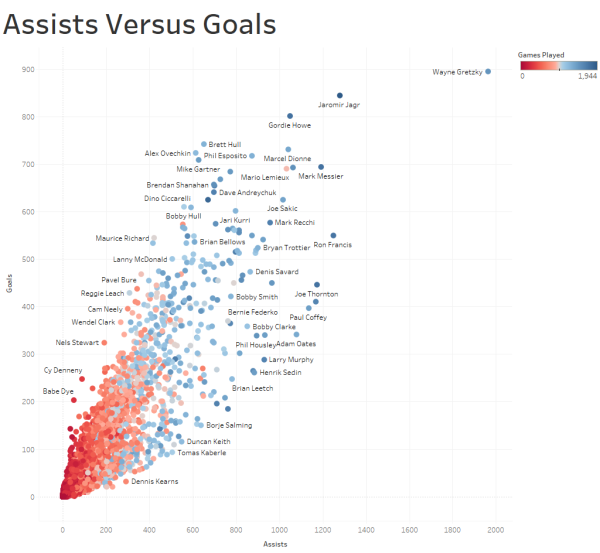 via
via  via
via 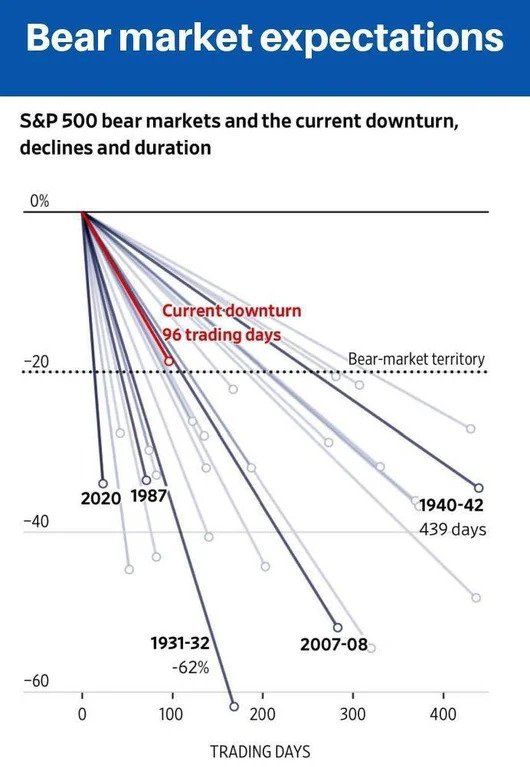 via
via 